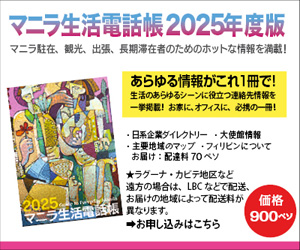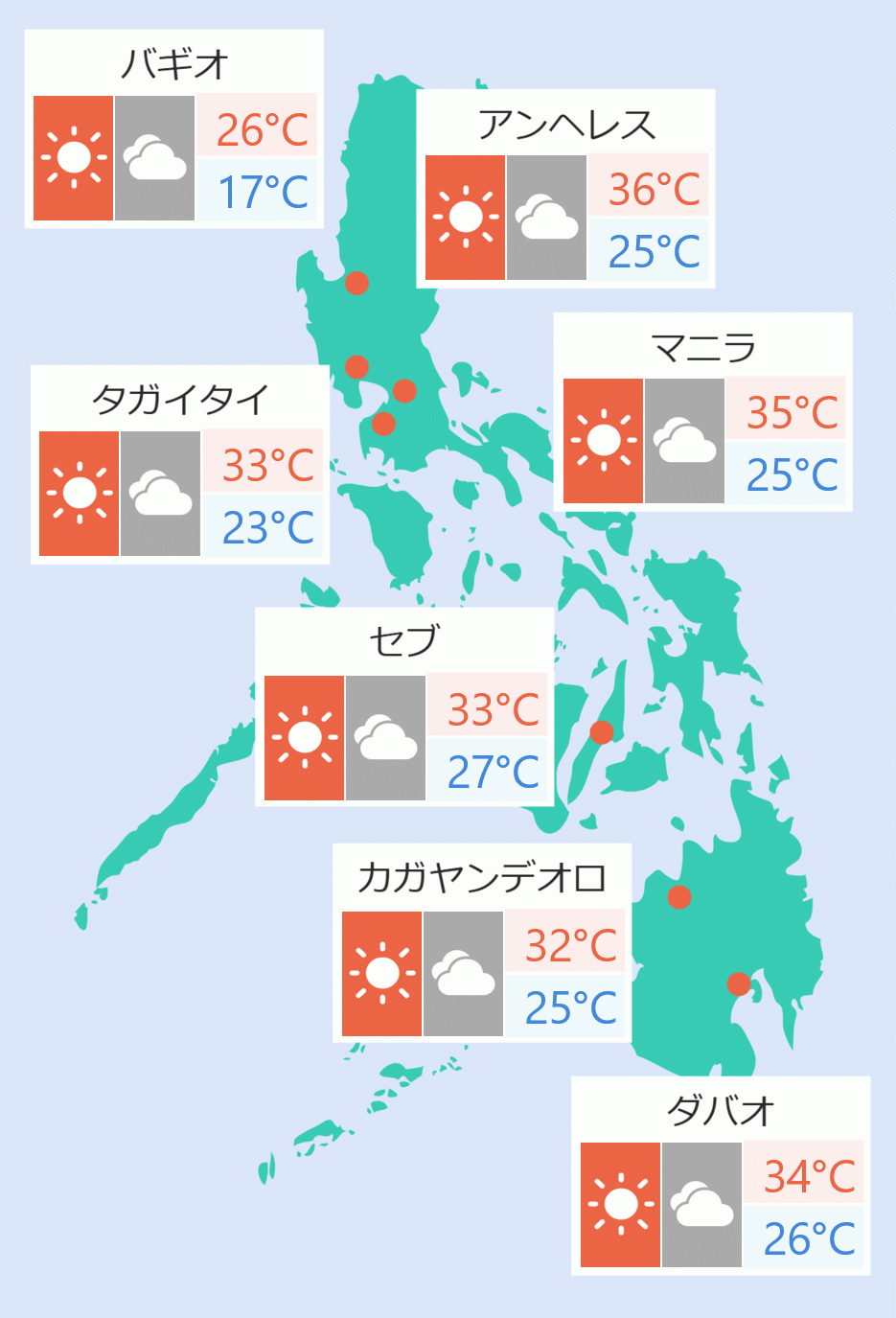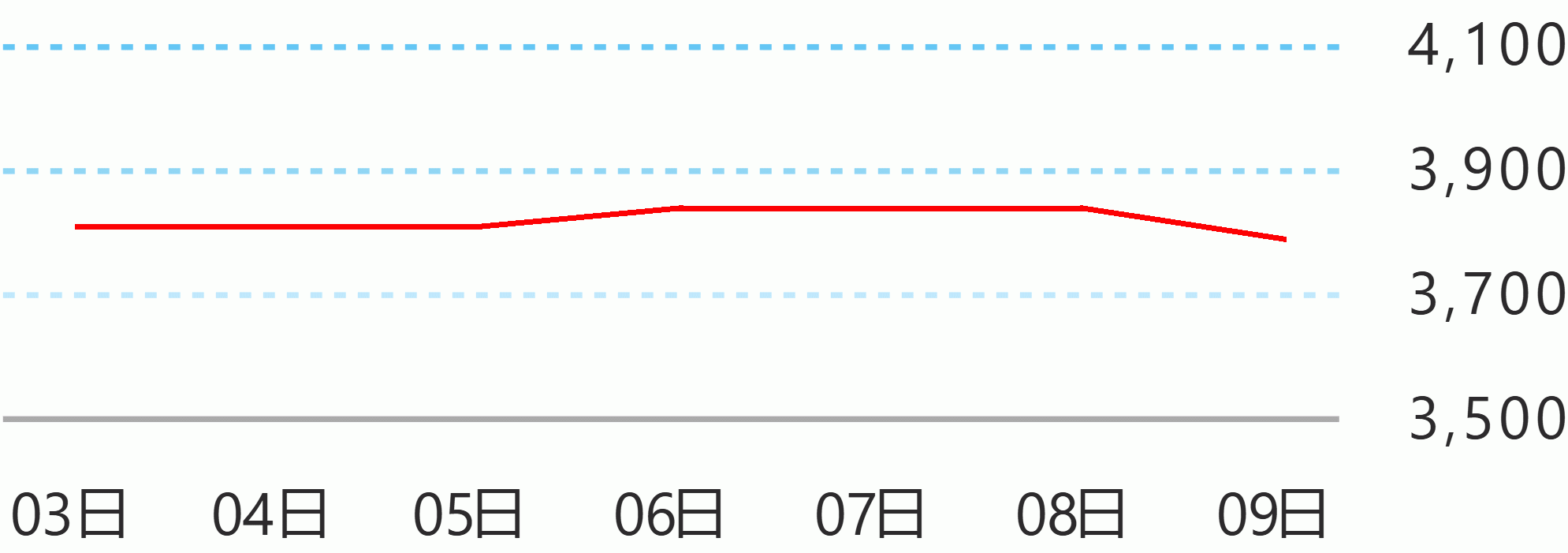The government is planning to buy up to P100-million worth of condoms to be distributed next year to prevent the spread of the human immunodeficiency virus infection and acquired immune deficiency syndrome (HIV/AIDS), especially among the youth, a senior health department said on Tuesday.
In a press briefing in Malacanang, Health Undersecretary Gerardo Bayugo said there are some stocks of 10,000 million pieces of condoms at the health department central office.
"For condoms, I think, 50 million or 50 to 100 million worth of condom is scheduled for procurement for next year," he said, adding this fund is part of the P1-billion budget next year for the HIV-AIDS program of the government.
Despite opposition from the Catholic Church, Bayugo reiterated the need to distribute condoms in schools, citing HIV cases are increasing among 15 to 24 years old.
"We hope to start distribution of condom next year, with the cooperation of the Department of Education, specifically in regions with the most number of HIV cases and these are in National Capital Region, Calabarzon, and Region III and in other vulnerable areas and high-risk population groups," he said.
"So, I hope the Church will understand that this, we are not doing this to control the population. And we are very much willing to seek their assistance and help in promoting awareness about the morality of our children?the proper way that children needs to behave sexually and the condom is just there as a stopgap," he said.
In 2016, roughly 26 new HIV infections daily were being reported or a total of 7,756 HIV cases this year.
From January 1984 to October 2016, a total of 38,114 cases of HIV were reported in the country. At least 1,912 Filipinos have died because of AIDS.
"More than half of all cases or 19,000 plus belong to the 25 to 34 years old age group, while 10,279 are among the youth, 15 to 24 years old," said Bayugo.
The predominant mode of transmission from 1984 to 2007 was unprotected heterosexual activity, meaning between boy and girl, he said.
After 2009, male-to-male unprotected sex became the predominant mode of transmission, he noted.
In 2010, HIV transmission through sharing infected needles started rising, he said. Spreading of HIV is a potential threat to female partners of infected male injecting drug users and also mother to child transmission.
Citing several surveys, he said that only about 17 percent of the youth were aware of the HIV/AIDS, while the number of teenage pregnancy doubled - about 6 percent in 2006 to 13 percent in 2013.
"So, teenage pregnancy is there. It’s becoming a big problem and pre-marital sex is happening. So and because of this also a lot of young teenagers are getting HIV/AIDS," he said. Celerina Monte/DMS




 English
English










